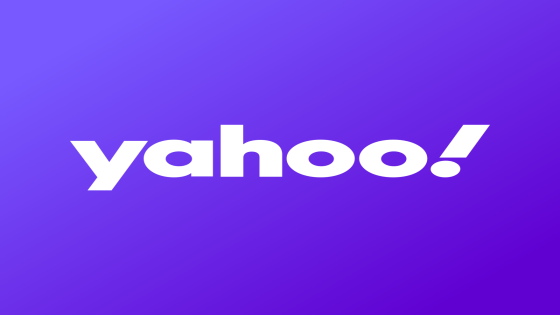In his first week on the job, 50-year-old star CEO Brian Niccol pledged to restore Starbucks to its former glory when the ubiquitous coffee haunt served as a second living room for many of its patrons.
The turnaround wizard who revived the fortunes of Chipotle during his more than six-year stint at the fast-casual Tex-Mex chain said the 39,000-plus Starbucks stores around the world needed to return to their roots, offering tailor-made, high-quality coffee that consumers can enjoy on the premises.
“There’s a shared sense we have drifted from our core,” he wrote in an open companywide letter, summarizing numerous conversations he held with staff. “We’re refocusing on what has always set Starbucks apart—a welcoming coffeehouse where people gather, and where we serve the finest coffee, handcrafted by our skilled baristas.”
Niccol is hitting the ground running. Already on his second day at the company, he is addressing fundamental problems he sees in the business and giving a brief overview of its strategic direction.
By comparison, predecessor Laxman Narasimhan had nearly six months of on-the-job training before taking over in March 2023, and only presented his first strategic overview a month later.
As Starbucks’ fourth CEO in two years, Niccol takes over at a turbulent time for the chain.
Narasimhan cut the company’s financial targets three times in less than a year and presided over two straight quarters during which same-store sales fell.
To prop up sales, Starbucks introduced its hugely popular, autumn-themed pumpkin spice latte as early as August, a move that many viewed as a sign of desperation.
Brian Niccol’s plan to turn things around
Niccol said his initial attention will be devoted to fixing problems in its U.S. stores, a concern for founder Howard Schultz, since it makes up the bulk of its global profits.
In Starbucks’ home market, consumers are typically spoiled for choice and often have several convenient coffee chains along their daily commute where they can buy a cup of joe en route to work.
A brand that charges premium prices, therefore, needs to differentiate itself through its experience, and lately, Starbucks customers have been turning their backs on the chain in frustration.
More than 60% of its critical morning traffic comes from app users, but the company admitted recently that a material share are canceling their orders because of excessive wait times upon arriving at their local Starbucks.
Instead, Niccol wants consumers to associate the chain with emotions of joy and human connection, along with great coffee, and here he sees plenty of room for improvement.
“In some places—especially in the U.S.—we aren’t always delivering,” Niccol wrote. “It can feel transactional, menus can feel overwhelming, the product is inconsistent, the wait too long or the handoff too hectic.”
This focus on human connection is nothing new; it’s a brand claim harking back to Schultz’s vision, which Narasimhan also emphasized.
Starbucks’ slump
But Niccol’s predecessor industrialized the process further to shave seconds off wait times, diminishing the role baristas long held as the “heart of Starbucks” and turning the experience into more of a McCafé.
In a hunt for greater returns, Starbucks has also strayed from its coffee roots, focusing more and more on caffeinated soft drinks, where it can often earn higher margins.
Finally, the Seattle-based chain has to win back customers lost after it sued unionized employees who called for solidarity with Palestinians caught in the crossfire of Israel’s war with Hamas.
Starbucks sought to clarify that it objected to the misappropriation of its brand, but by that point, progressive consumers had started boycotting the chain.
With shares now no higher than they were five years ago, the board booted Narasimhan out of the company in August, with immediate effect, ending the tenure of its CEO after fewer than 18 months.
Niccol’s hire met with wild approval from investors, easily justifying the $85 million performance-based signing bonus in cash and equity Starbucks offered to lure him away from Chipotle.
Now, they will have to see if he’s more successful at reestablishing the emotional connection consumers once had with the brand than Narasimhan.
“We will get back to what made Starbucks, Starbucks,” Niccol pledged.
The company could not be reached immediately for further comment.
This story was originally featured on Fortune.com
Source Agencies

